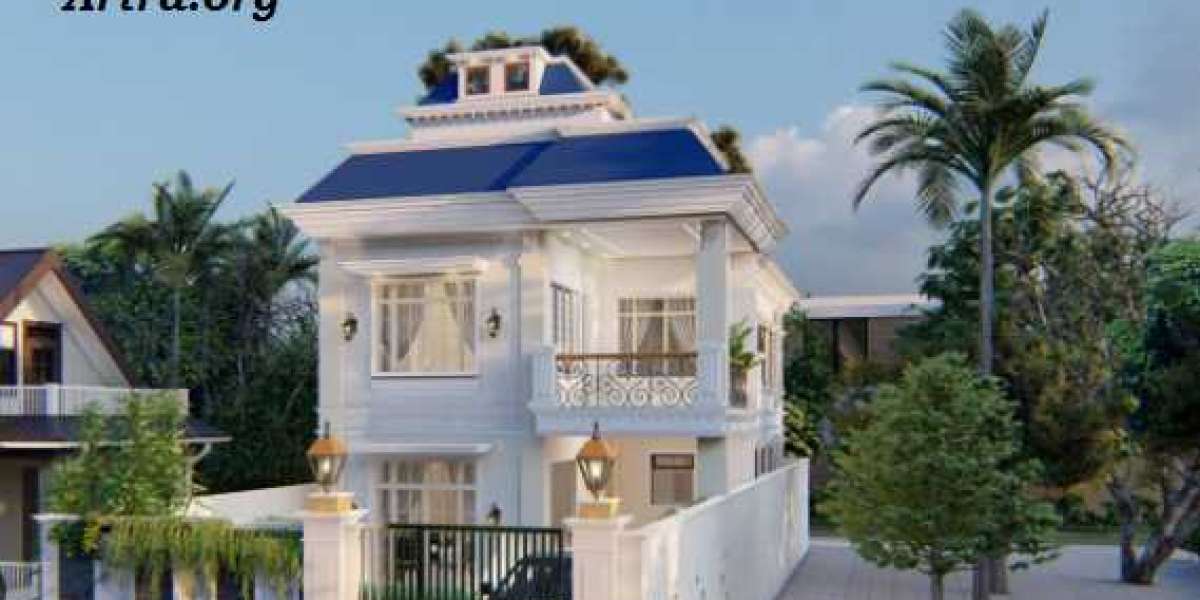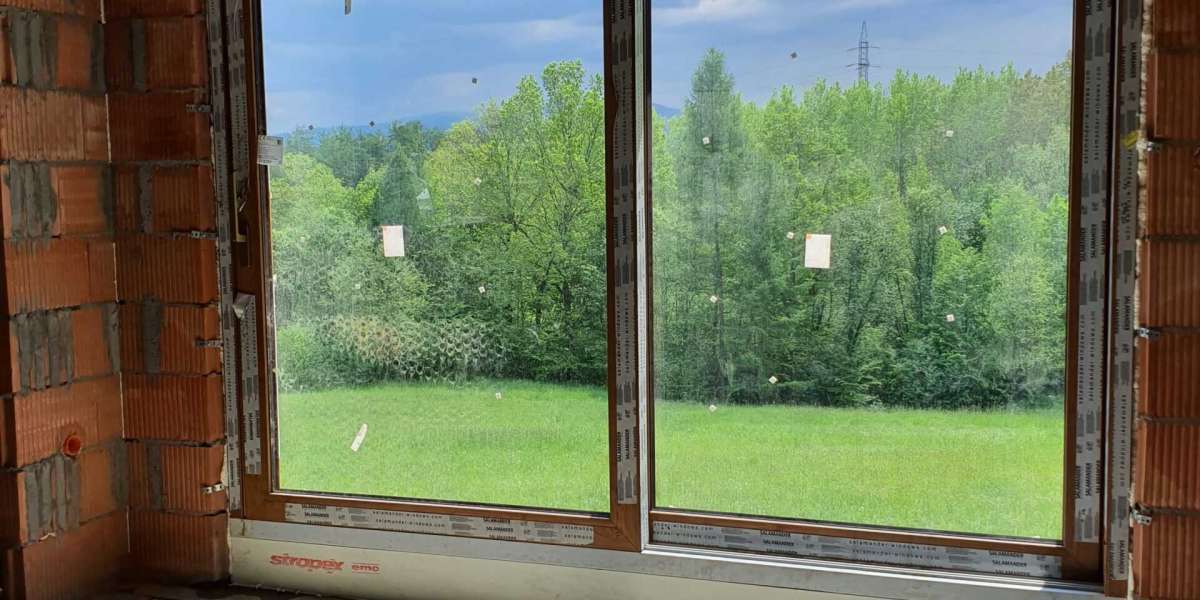When embarking on the journey of building your dream home, one of the most crucial aspects to consider is the cost of construction per square foot. This figure can vary significantly depending on various factors, and understanding them is essential to budget effectively and make informed decisions throughout the construction process. In this article, we'll delve into the key factors that influence residential building construction costs per square foot and provide insights to help you navigate this complex terrain.
- Location:
The geographical location of your construction project plays a significant role in determining the cost per square foot. Different areas have different costs of living and construction labor rates. For example, building a home in a bustling metropolitan area may be more expensive than in a rural setting due to higher land prices, labor costs, and permit fees.
- Design and Complexity:
The complexity of your home's design can substantially impact construction costs. Customized architectural designs, intricate detailing, and non-standard layouts will typically result in higher construction costs per square foot. Simpler, more standardized designs are generally more cost-effective.
- Size of the Home:
It's intuitive that larger homes tend to have a lower cost per square foot compared to smaller ones. This is because many fixed costs, like excavation, foundation, and roofing, are distributed across a larger area in larger homes. Smaller homes, however, can have higher costs per square foot because these fixed costs represent a more significant portion of the overall budget.
- Materials and Finishes:
The choice of materials and finishes significantly influences construction costs. High-end materials and luxurious finishes will increase the per-square-foot cost, whereas more budget-friendly alternatives can keep costs lower. Your preferences for flooring, countertops, cabinetry, and fixtures will all impact the budget.
- Site Conditions:
The condition of the construction site can affect costs. A rocky or sloped site may require more excavation and foundation work, potentially increasing the cost per square foot. Conversely, a flat, easily accessible site can be more cost-efficient.
- Labor Costs:
Labor costs are a substantial portion of construction expenses. Skilled labor, experienced tradespeople, and labor unions can impact the cost per square foot. Labor shortages in some areas can also drive up labor costs.
- Permits and Regulations:
The permitting process and local building regulations can vary widely from one location to another. Some areas may have stricter building codes or require additional permits, which can increase construction costs. It's crucial to factor in these expenses when estimating your project's cost.
- Infrastructure and Utilities:
The availability of infrastructure and utilities, such as water, sewage, electricity, and gas, can influence construction costs. If you need to extend or connect to these services, it can add to the overall expense.
- Contingency and Unforeseen Costs:
Construction projects often encounter unforeseen challenges or changes in the plan. Having a contingency fund to cover unexpected expenses is essential to avoid cost overruns. A common rule of thumb is to allocate 10-15% of your budget for contingencies.
- Economic Conditions:
The state of the economy can impact construction costs. During economic downturns, construction material prices might be lower, but labor costs can rise due to increased competition among workers. Conversely, during economic upturns, material prices may rise.
- Builder's Reputation and Experience:
The reputation and experience of the builder you choose can influence costs. Experienced builders often have better relationships with suppliers, more efficient processes, and a track record of delivering projects on time and on budget.
- Energy Efficiency and Sustainability:
Building to higher energy efficiency and sustainability standards, such as LEED or ENERGY STAR, may initially increase construction costs but can result in long-term savings on energy bills and increased property value.
In conclusion, determining the residential building construction cost per square foot is a multifaceted process influenced by numerous factors. To get an accurate estimate, it's crucial to work with experienced professionals, such as architects and contractors, who can provide insights into local conditions and regulations.
Remember that cutting corners on construction costs can lead to lower-quality results and long-term problems. A well-planned and adequately budgeted construction project ensures that you get the home of your dreams without compromising on quality or functionality. So, when planning your residential construction project, consider all these factors to arrive at a realistic budget that aligns with your vision and financial capabilities. Read More








